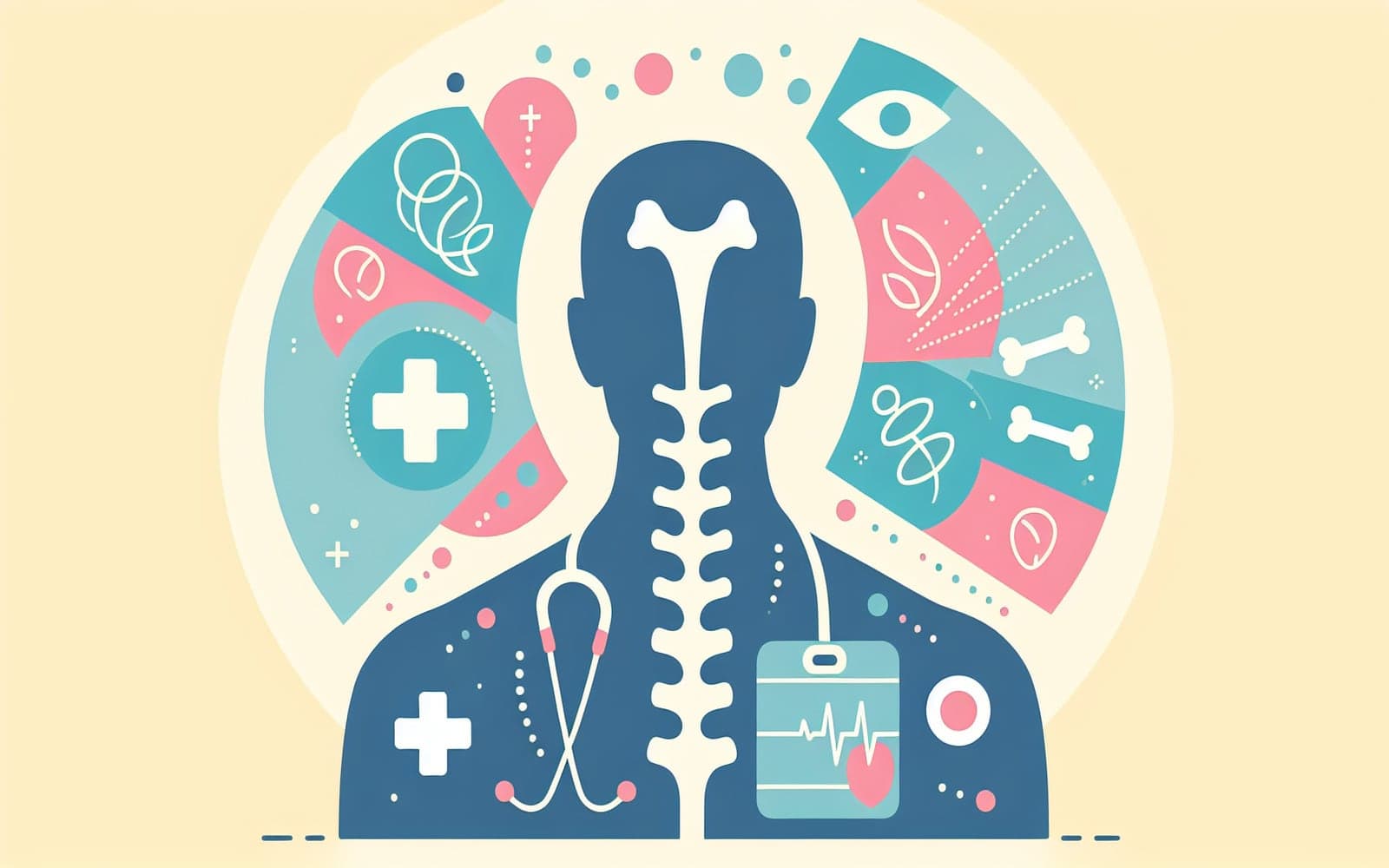Are You at Risk for Osteoporotic Vertebral Fractures?
Published: Jun 16, 2024
Osteoporotic vertebral fractures can sneak up on you, causing pain and mobility issues. Learn about the risks and symptoms to watch for.
Contents
Understanding Osteoporotic Fractures
Osteoporotic fractures occur with minimal trauma, like a fall from standing height. These fractures most commonly affect the spine, especially the thoracic and lumbar areas. Without proper diagnosis and treatment, they can lead to chronic pain and loss of independence.
Symptoms to Watch For
Patients often experience sudden back pain after minor movements like bending or coughing. The pain is usually localized to the spine but can spread to the abdomen or flanks. Height loss and kyphosis, a forward curvature of the spine, are other signs that may indicate multiple fractures.

Risk Factors for Fractures
A history of osteoporotic fractures increases the likelihood of future fractures. Women with existing vertebral fractures face a higher risk of subsequent fractures, alongside potential hip fractures, underscoring the importance of proactive management.
Frequently Asked Questions
They occur from minimal trauma due to weakened bones.
Look for sudden back pain and changes in posture like kyphosis.
Yes, they can cause chronic pain and loss of mobility.
Key Takeaways
Understanding the signs and risks of osteoporotic fractures is crucial for timely diagnosis and management.
Talk with Doctronic to see if you're at risk for osteoporotic fractures and learn how to manage them.Related Articles
References
Genant HK, Cooper C, Poor G, et al. Osteoporos Int 1999; 10:259.
Vogt TM, Ross PD, Palermo L, et al. Mayo Clin Proc 2000; 75:888.
Always discuss health information with your healthcare provider.

